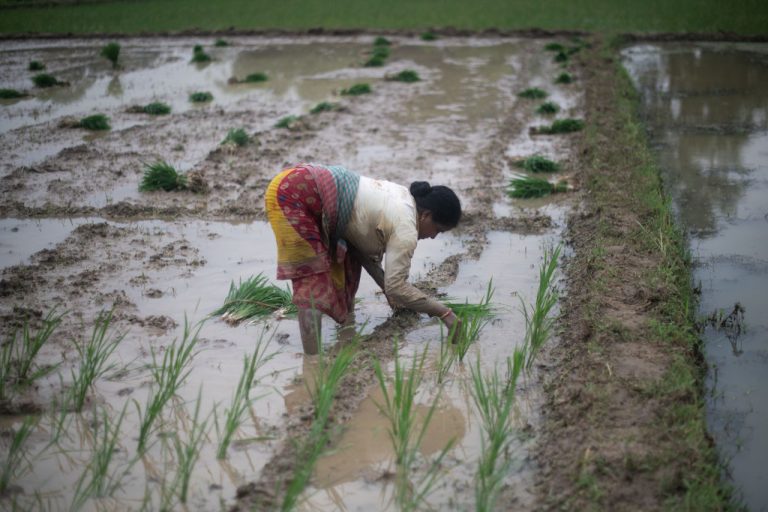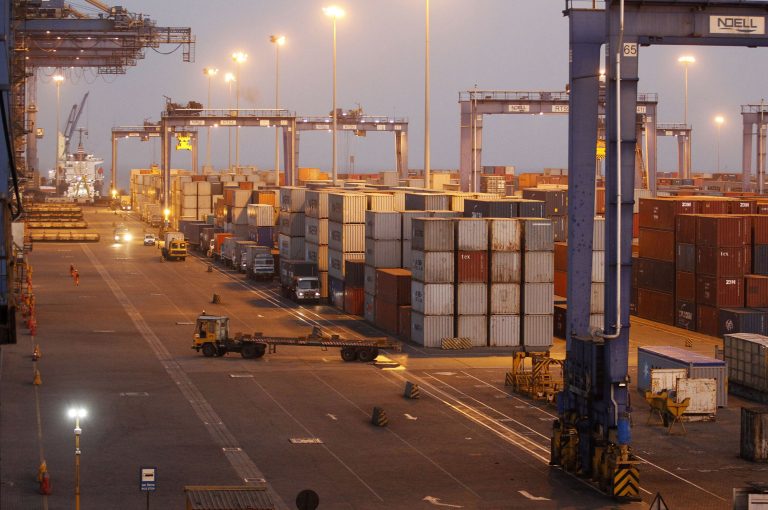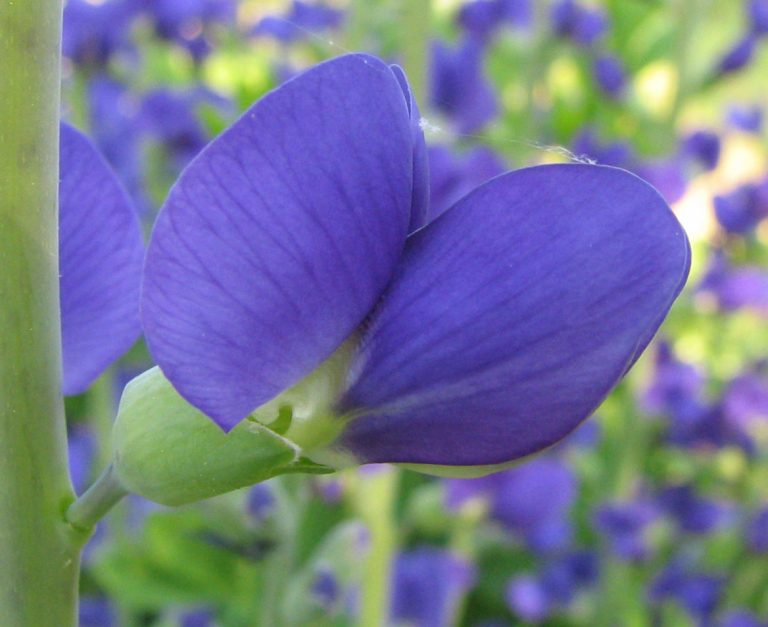As the global food crisis continues to accelerate, India, the world’s largest trader of rice, has lost 13 percent of its plantable area this year due to extensive droughts.
Mukesh Jain, Director of an India-based rice shipping company, told Bloomberg that the cost to export the crucial staple may climb by more than 10 percent per ton as early as September.
The Aug. 2 article adds that domestic prices have also risen by 10 percent in locales most affected by the drought, such as West Odessa and Bengal.
MORE ON GLOBAL FOOD SHORTAGES
- US Cattle Herd Hits 6-Year Low as Breeding Stock Sent for Slaughter
- California Water Crisis to Leave 800,000 Acres of Farmland Empty This Year
- Iran Suffering Famine? Beef, Dairy, and Fruit Consumption Dropped 30% in a Week
- Ireland Runs Oil and Electricity Shortage Wargame With Lockdowns, Fuel Control
The quandary is significant, as India accounts for 40 percent of global rice exports at 22 million tons. Second place is Thailand and Vietnam, both tied at 7 million. The U.S. trails the pack at only 3 million.
Aug. 5 coverage on the topic by Reuters stated that Asia is responsible for 90 percent of global rice production.
Success
You are now signed up for our newsletter
Success
Check your email to complete sign up
One 54-year-old farmer from Uttar Pradesh described the situation as “really precarious” because he was only able to plant rice on half of his seven acre plot, Bloomberg said.
Kaushik Das, a Deutsche Bank Economist, told the outlet that increased demand from Bangladesh and the Middle East had added fuel to the problem, causing the cost of some rice varieties to increase by 30 percent.
Meanwhile in North America, the U.S. rice futures market has risen almost 8 percent since the start of July, and while this figure still remains slightly back of May’s high, futures contracts are nonetheless trading at prices not seen since 2011.
In an April article on the subject, Bloomberg cited data from the International Rice Research Institute positing that a drop in fertilizer output due to skyrocketing costs at the time would result in a 10 percent lower global crop yield.
And while at face value, that figure may sound bearable, the Institute explains that this amounts to a loss of 36 million tons of rice, enough to feed a half billion people.
Moreover, Humnath Bhandari, a Senior Economist at the Institute, called the prospect merely a “very conservative estimate.”
One Vietnamese farmer told Bloomberg that the cost of fertilizer had tripled year over year, leading to them having to use less. The drawback of using less is crop yields plummet.
Notably, the article found, based on data compiled from its own analysis, that while the price of food commodities, such as wheat, palm oil, corn, and soybeans had risen by as much as 78 percent, Thai-variety rice was actually 15 percent cheaper.
India’s drought is severe. Reuters stated in its article that monsoon rainfall in key growing regions was down an astonishing 45 percent.
Production shortages in India may have significant global ramifications. One unnamed trader in Mumbai said, “A production drop is certain, but the big question is how the government will react.”
They explained the significance, “But the government is hypersensitive about prices. A small rise could prompt it to impose export curbs.”
In April, after Indonesia, far and away the world’s largest producer of palm oil, a significant ingredient in everyday U.S. household items such as toothpaste and processed foods, banned exports for similar reasons.
The result was a sudden 9 percent rise in futures prices. However, the pump was only temporary, as palm oil is down almost 50 percent, trading near its July of 2021 low.
And while drought is a problem for India, too much rain is a problem for Vietnam.
“In just ten days, the total measured rain is somewhat equal to the whole of previous month,” one farmer told Reuters.
“Never before have I seen it rain that much during harvest. It’s just abnormal,” they added.
In July, BNN Bloomberg reported that India’s rice farmers were making haste to get sewing started after delaying in hopes of rain being delivered.
Secretary of the Department of Agricultural Research and Education, Trilochan Mohapatra, was optimistic in comments at the time, “Even if there is a little reduction in area, that should not make much difference and it should not be a cause for concern.”
While Krishna Rao, President of the Rice Exporters Association, likewise saw optimism, “I expect that by early August, area under rice will be close to last year’s levels.”







